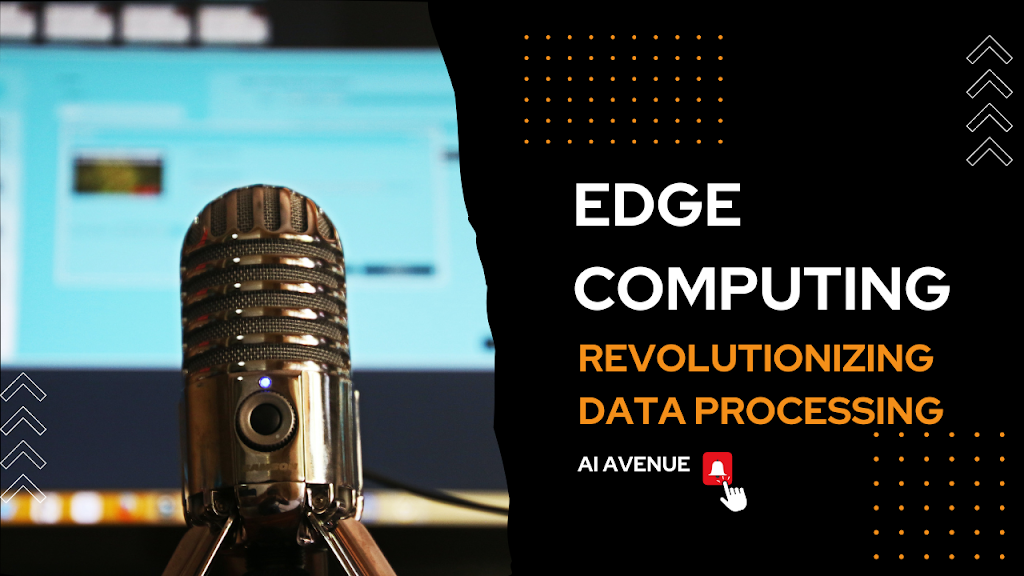Introduction:
In today’s digital age, Cybersecurity has become a critical issue for individuals and businesses alike. With the rise of the internet, more and more personal and sensitive information is being shared online, making it vulnerable to cyber attacks. In this article, we will discuss some effective ways to protect your data in the digital age.

Section 1: Understanding Cyber Threats
The first step in protecting your data is to understand the different types of cyber threats that exist. Cyber threats can range from malware and phishing attacks to ransomware and social engineering. Each of these threats has its own unique characteristics and can be detrimental to your data if not adequately addressed. Knowing how to identify and prevent these threats is essential to keeping your data secure.
Section 2: Creating Strong Passwords
One of the easiest ways to protect your data is by creating strong passwords. A strong password should be at least 12 characters long and should include a mix of uppercase and lowercase letters, numbers, and symbols. It’s also important to use different passwords for each of your online accounts to prevent a hacker from gaining access to all of your data in one fell swoop.
Section 3: Enabling Two-Factor Authentication
Another effective way to protect your data is by enabling two-factor authentication (2FA) on your accounts. 2FA adds an extra layer of security to your account by requiring a second form of authentication, such as a code sent to your phone or email, in addition to your password. This makes it much more difficult for hackers to gain access to your accounts even if they manage to obtain your password.
Section 4: Keeping Your Software Up-to-Date
Keeping your software up-to-date is crucial in preventing cyber attacks. Software companies often release updates to patch security vulnerabilities and fix bugs. By keeping your software up-to-date, you’re ensuring that these vulnerabilities are addressed and that your data is protected.
Section 5: Backing Up Your Data
Finally, it’s important to regularly back up your data to prevent data loss in the event of a cyber attack. Backing up your data can be as simple as copying it to an external hard drive or cloud storage service. This way, even if your data is compromised, you still have a copy of it that you can recover.
Conclusion:
In conclusion, protecting your data in the digital age is crucial in preventing cyber attacks. By understanding the different types of cyber threats, creating strong passwords, enabling two-factor authentication, keeping your software up-to-date, and backing up your data, you can significantly reduce the risk of a cyber attack. Remember, prevention is key, and taking these steps can help keep your data safe and secure.
















